Congratulations everyone for making it through another work week (even if it was a short one). I hope all of you have some amazing plans for the weekend and will get out and enjoy the spring weather. How about that, I just looked out the window to see the spring weather and it is snowing. Grrrr! Enough babbling for me, let’s move onto to the final Wild Fact of the week. We are heading to India to check in on a critically endangered animal called the Gharial. As you may have noticed from the picture the gharial is related to other crocodilians such as caimans, crocodiles and alligators.
I suppose the best place to start is with the unique snout of the gharial. The mature males of this species have the weird looking bulb on the end of their snout. The females aren’t as lucky to have this beautiful decoration. The purpose of this bulb is not exactly known, however, our intelligent researchers believe it is used for making a loud buzzing noise when it vocalizes. As well, this may be a status symbol to attract the females during mating season. The thing a guy will do just to attract a woman, eh?
You will also notice that the gharial has a very long snout which contains about 54 teeth on the upper jaw and 48 on the lower jaw. Two things come to mind when I think about all of those teeth. First and most important is the fact that I would hate to get bitten by these guys! Secondly, I would hate to have to pay for their dental plan!
Not only is the snout long but the entire body of the gharial is incredibly long. Surprisingly, these creatures can grow up to 6 m or just under 20′ for the people that don’t have a clue about the metric system. This provides the Australian saltwater crocodile with some very stiff competition as the longest crocodilian species. I could just imagine the disputes as a result of this competition when these two species meet up.
Oh! Before I go I just want to let Emma know that this mean looking animal won’t eat you! Their thin and fragile jaws make it almost impossible for the gharial to consume large prey such as humans.
Have a great weekend!

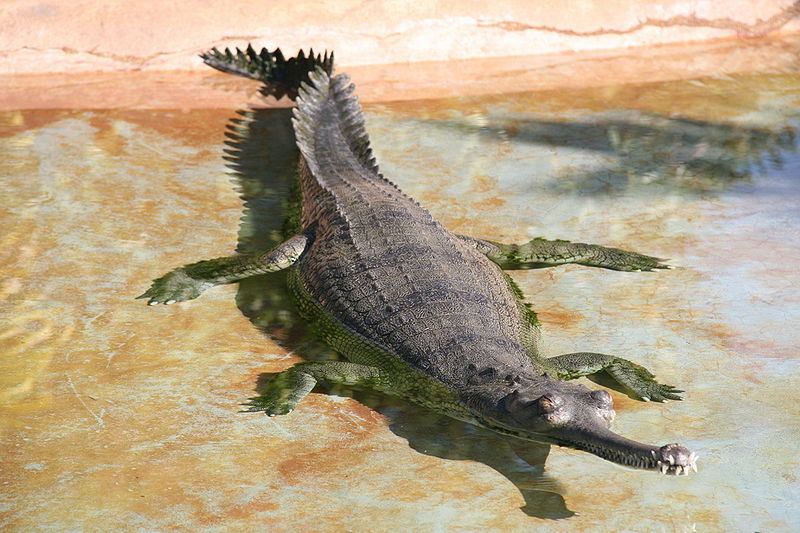

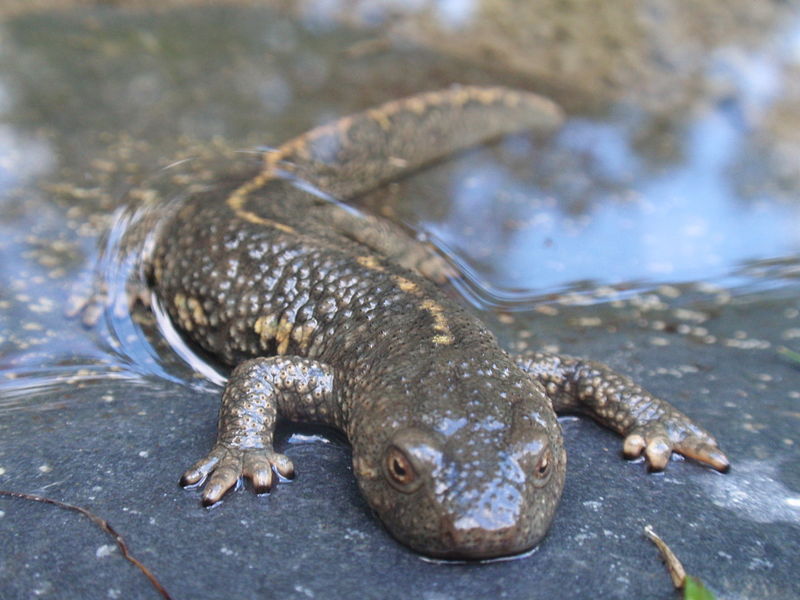
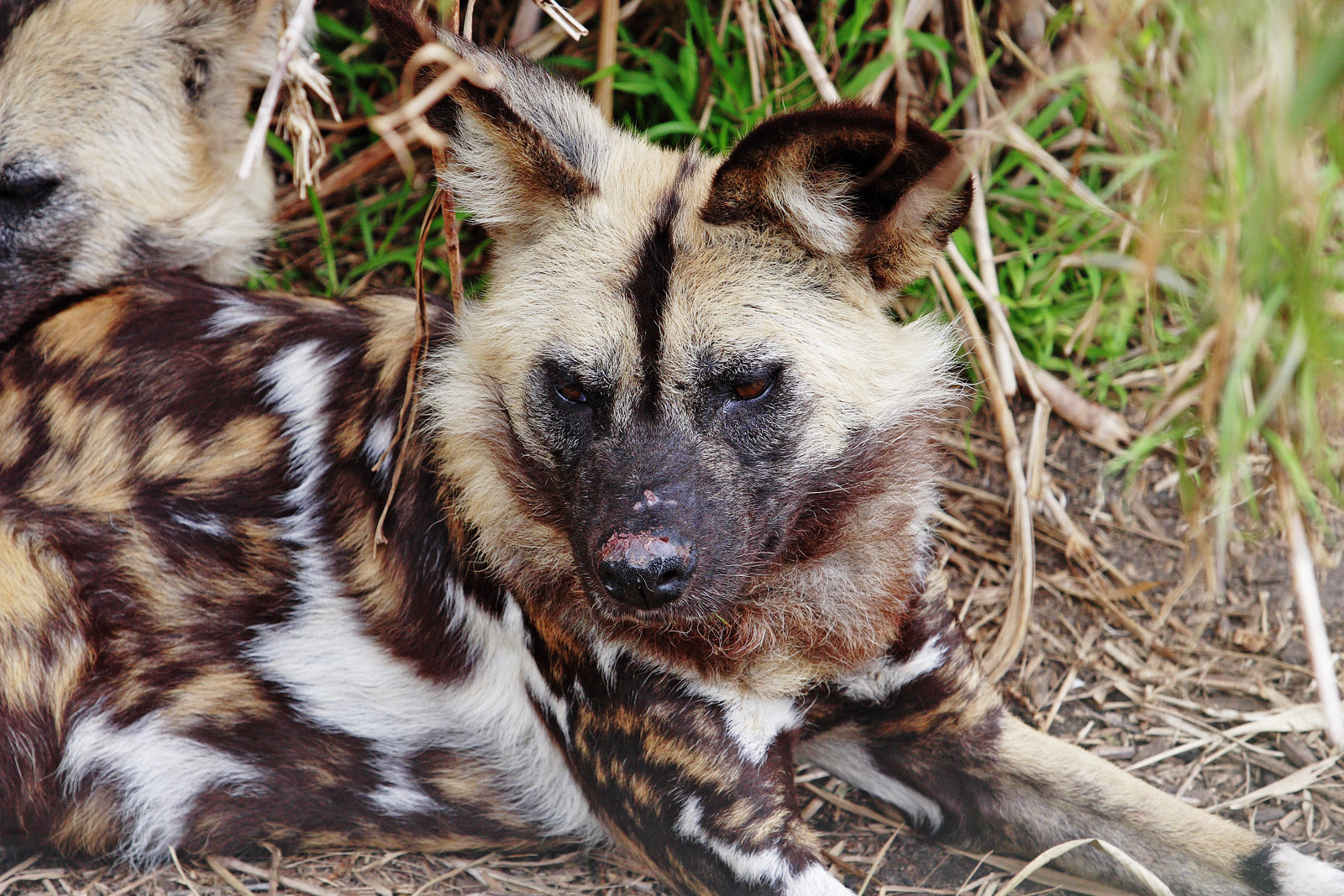
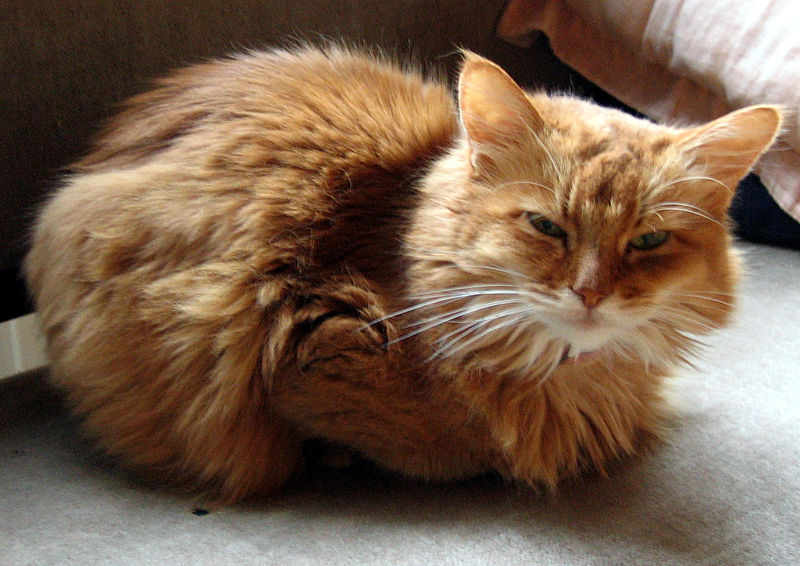
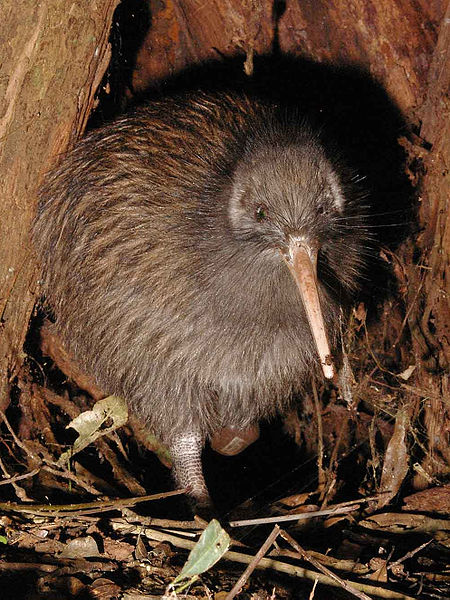
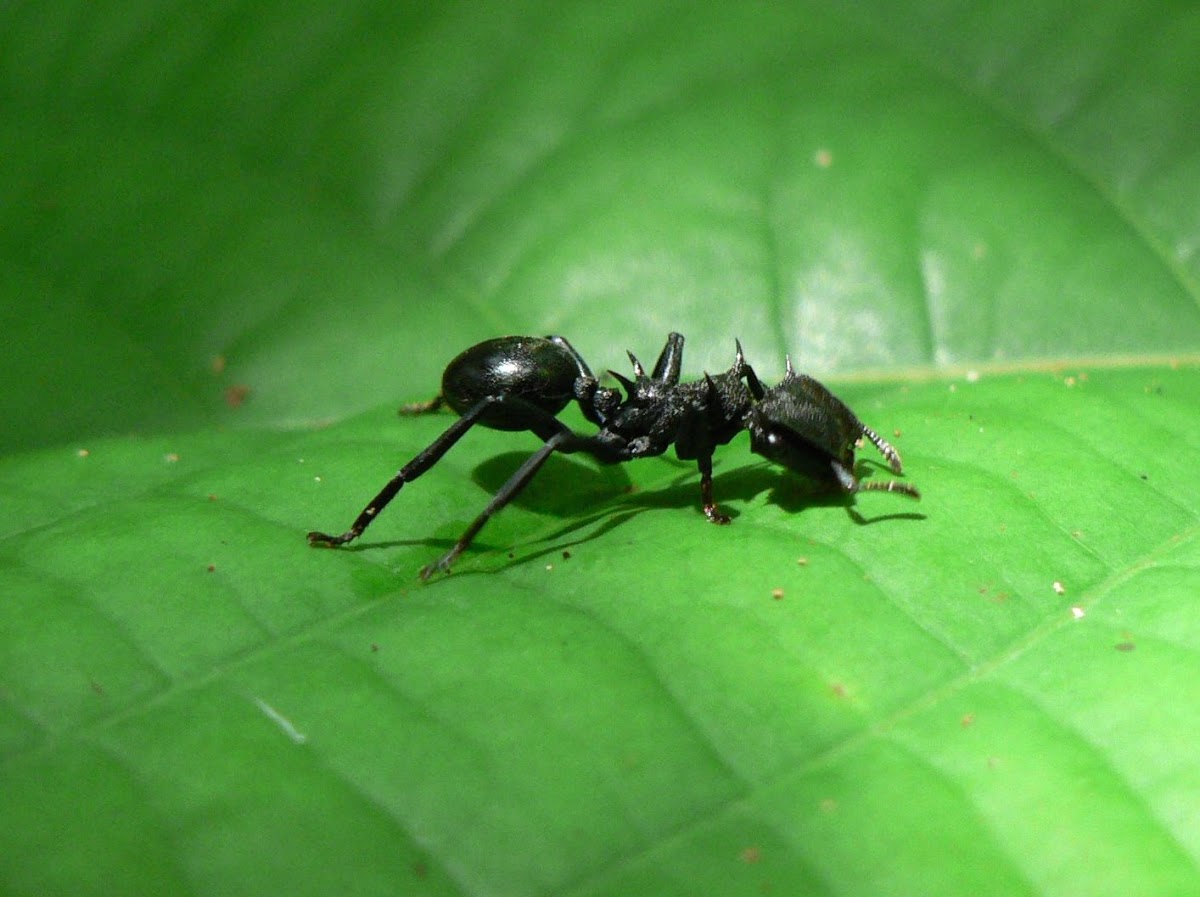
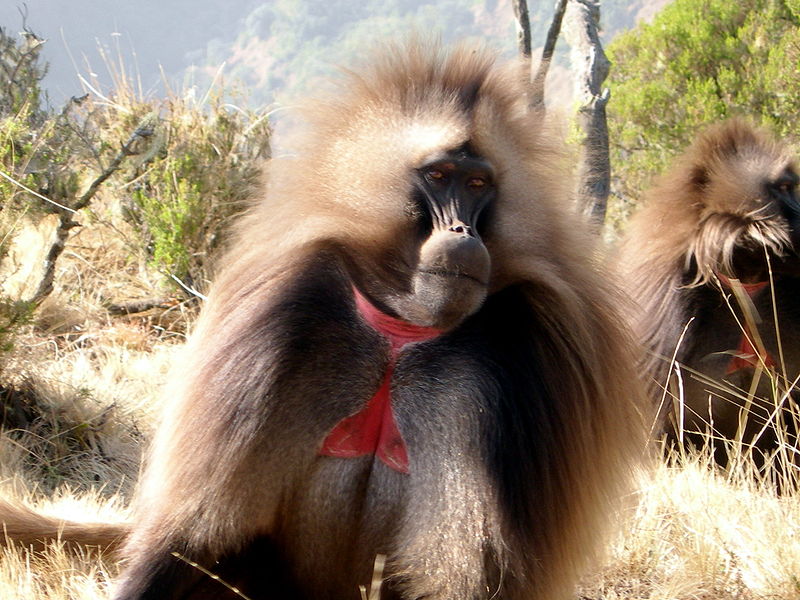
You can keep this little guy – he doesn’t look too friendly.
He isn’t too dangerous with that long, narrow snout. I am not saying I would want one as a pet but there are definitely worse things out there.
Have a great weekend!
Hey Nate!
What do gharial eat? Fish? Does their long snouts give them an advantage for catching their next meal? I was just wondering why a long skinny snout would have evolved.
Thanks!
You are full of questions today, Celine! This is another great question!
Young gharial will usually feed on insects and small frogs while the adults feed primarily on fish. The long snout is actually perfect for catching slippery prey in the water. Due to the thin, long nature of the snout there is hardly any resistance for them to snap at fish in the water. As well, the numerous small teeth in their mouth allows them to grip those slimy little fish.
Thanks again for the question.